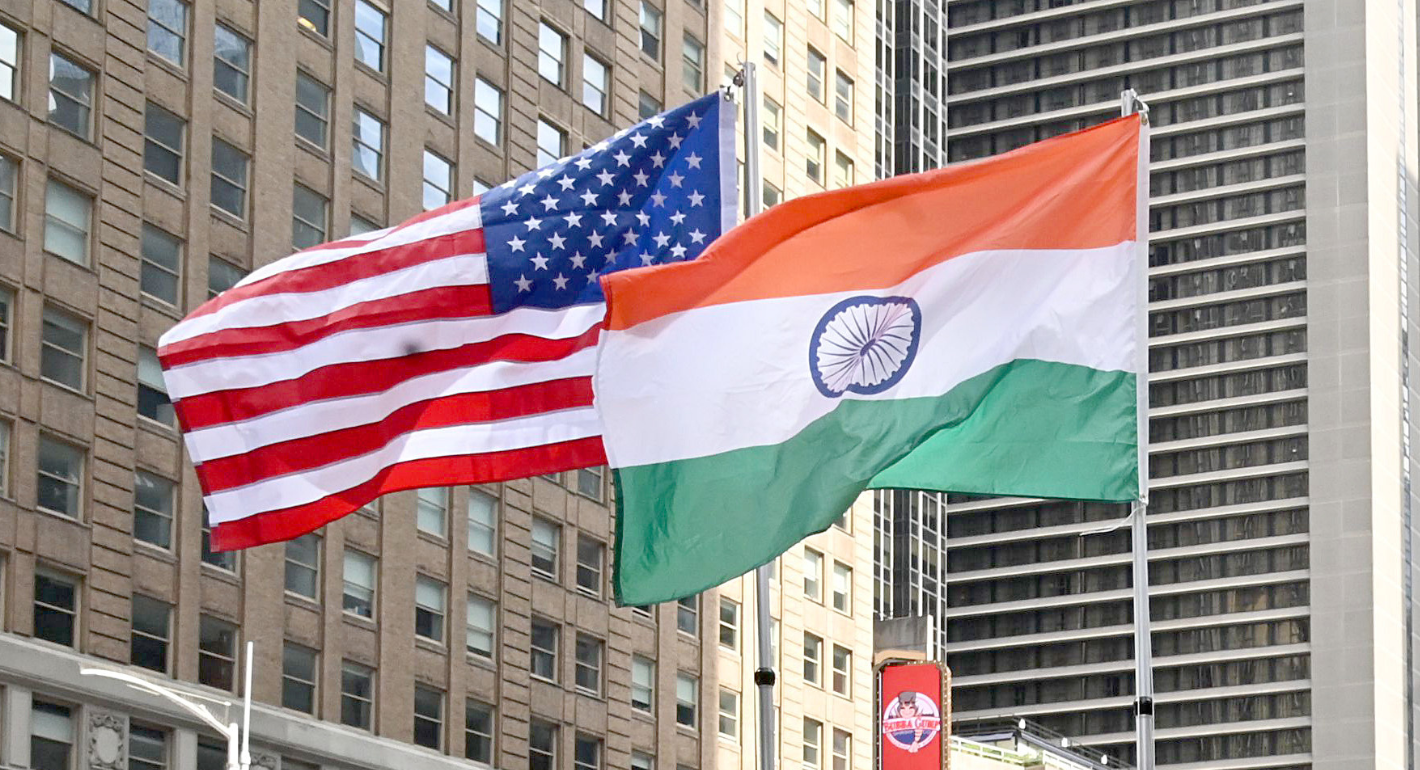If the US Is Serious About the China Trade War, It Must Bet Big on India
As tensions between the United States and China escalate in the realm of global trade, there is one strategic pivot that remains underleveraged: India. If Washington is truly serious about reshaping global supply chains and reducing dependency on Beijing, it must aggressively pursue a $500 billion trade relationship with India and catalyze a historic wave of foreign direct investment (FDI) into the world’s largest democracy.
Why India?
India is not just an alternative to China—it is a democratic, youthful, and rapidly digitizing powerhouse with untapped potential. With over 1.4 billion people and a growing middle class, it offers both a massive consumer market and a deep labor pool. But potential doesn’t realize itself. A partnership of this scale demands that both sides rise to the occasion.
What the U.S. Must Do
For starters, the U.S. must elevate trade with India from opportunistic engagement to strategic priority. This means:
-
Fast-tracking trade agreements that reduce tariffs and ease market access for both Indian and American companies.
-
Deploying strategic FDI into Indian manufacturing, especially in semiconductors, green energy, EVs, and AI hardware.
-
Offering policy advisory and tech transfer to support India’s transition into high-tech industrial production.
Just as the U.S. once helped rebuild post-war Europe and later facilitated China's rise through WTO inclusion and investment, it can now architect India’s ascent—this time, within a rules-based democratic framework.
What India Must Do
India, on its part, must accelerate internal reforms to meet the moment:
-
Ease of Doing Business must become more than a slogan—it must be the national mission. Streamlined regulations, reduced red tape, and faster contract enforcement are non-negotiables.
-
Investments in health, education, and infrastructure need to scale dramatically. Without a healthy, skilled workforce and efficient logistics, India can’t compete at China’s scale.
-
The Delhi-Mumbai Industrial Corridor must become the template for industrial excellence, integrating smart cities, rail, roads, and ports into a seamless manufacturing ecosystem.
The Modi government’s Production Linked Incentives (PLI) are a step in the right direction, but without parallel investment in human capital and basic services, these incentives won’t translate into global competitiveness.
A Defining Decade
The next 10 years will determine whether the global economy remains entangled in Beijing’s web or shifts toward a multipolar, democratic industrial base. A $500B India-US trade corridor is more than numbers—it’s a geopolitical bet on open societies, democratic collaboration, and resilient global supply chains.
If the U.S. and India act with vision and urgency, they can together reshape the architecture of 21st-century trade—and ensure that the rules of commerce are written not in autocracies, but in the open halls of democracies.
Ongoing Conflicts Around The World
India Should Focus On Prosperity, War Is A Distraction
India And Pakistan Now Must Move Towards Lasting Peace
Toward a Fair and Inclusive US-China Trade Architecture
China's Potential and Likely Concessions
The Fentanyl Crisis: Unraveling a Global Web of Death, Trade, and Geopolitics
India-US Trade: Mapping the Path to $500 Billion by 2030
China and the United States: A Tale of Two Political Systems


No comments:
Post a Comment